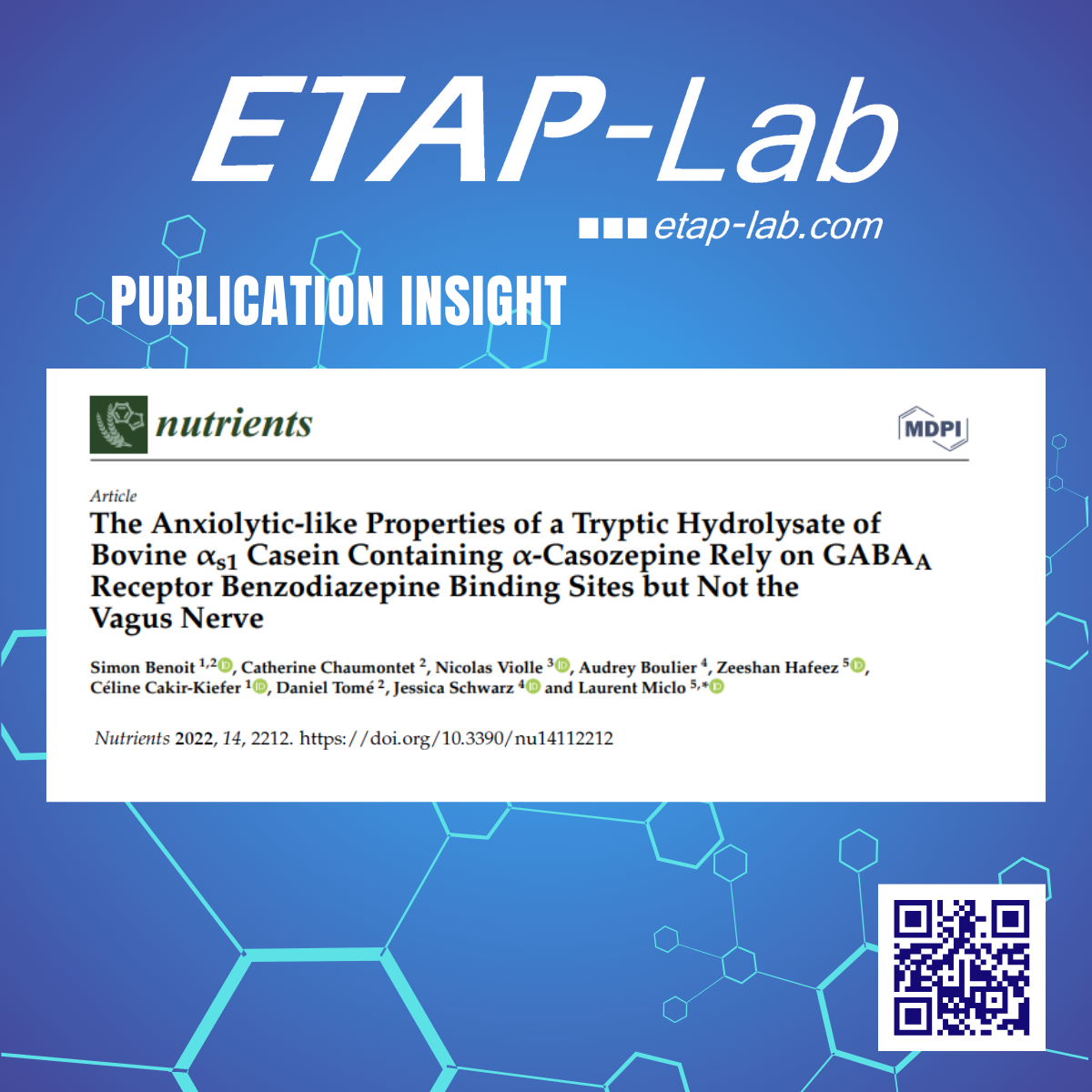Assessment of psychotropic-like properties of a probiotic formulation (Lactobacillus helveticus R0052 and Bifidobacterium longum R0175) in rats and human subjects
Messaoudi M, Lalonde R, Violle N, Javelot H, Desor D, Nejdi A, Bisson JF, Rougeot C, Pichelin M, Cazaubiel M, Cazaubiel JM - 2011, Br. J. Nutr., 105:755-64.
In a previous clinical study, a probiotic formulation (PF) consisting of Lactobacillus helveticus R0052 and Bifidobacterium longum R0175 (PF) decreased stress-induced gastrointestinal discomfort. Emerging evidence of a role for gut microbiota on central nervous system functions therefore suggests that oral intake of probiotics may have beneficial consequences on mood and psychological distress. The aim of the present study was to investigate the anxiolytic-like activity of PF in rats, and its possible effects on anxiety, depression, stress and coping strategies in healthy human volunteers. In the preclinical study, rats were daily administered PF for 2 weeks and subsequently tested in the conditioned defensive burying test, a screening model for anti-anxiety agents. In the clinical trial, volunteers participated in a double-blind, placebo-controlled, randomised parallel group study with PF administered for 30 d and assessed with the Hopkins Symptom Checklist (HSCL-90), the Hospital Anxiety and Depression Scale (HADS), the Perceived Stress Scale, the Coping Checklist (CCL) and 24 h urinary free cortisol (UFC). Daily subchronic administration of PF significantly reduced anxiety-like behaviour in rats (P < 0·05) and alleviated psychological distress in volunteers, as measured particularly by the HSCL-90 scale (global severity index, P < 0·05; somatisation, P < 0·05; depression, P < 0·05; and anger-hostility, P < 0·05), the HADS (HADS global score, P < 0·05; and HADS-anxiety, P < 0·06), and by the CCL (problem solving, P < 0·05) and the UFC level (P < 0·05). L. helveticus R0052 and B. longum R0175 taken in combination display anxiolytic-like activity in rats and beneficial psychological effects in healthy human volunteers.
Link to Pubmed


